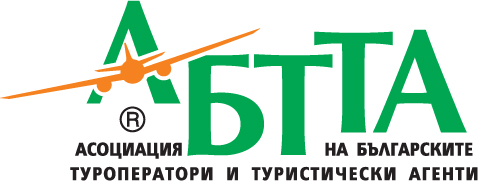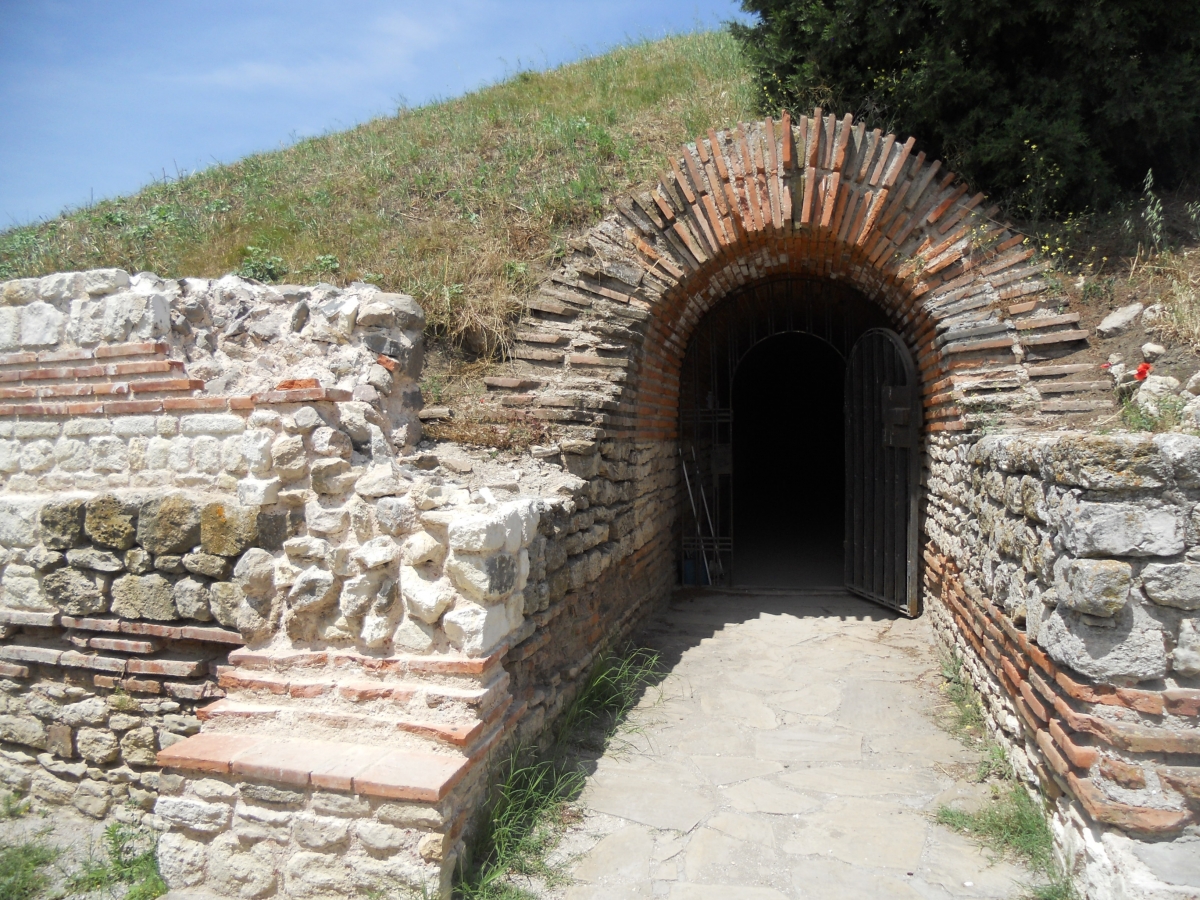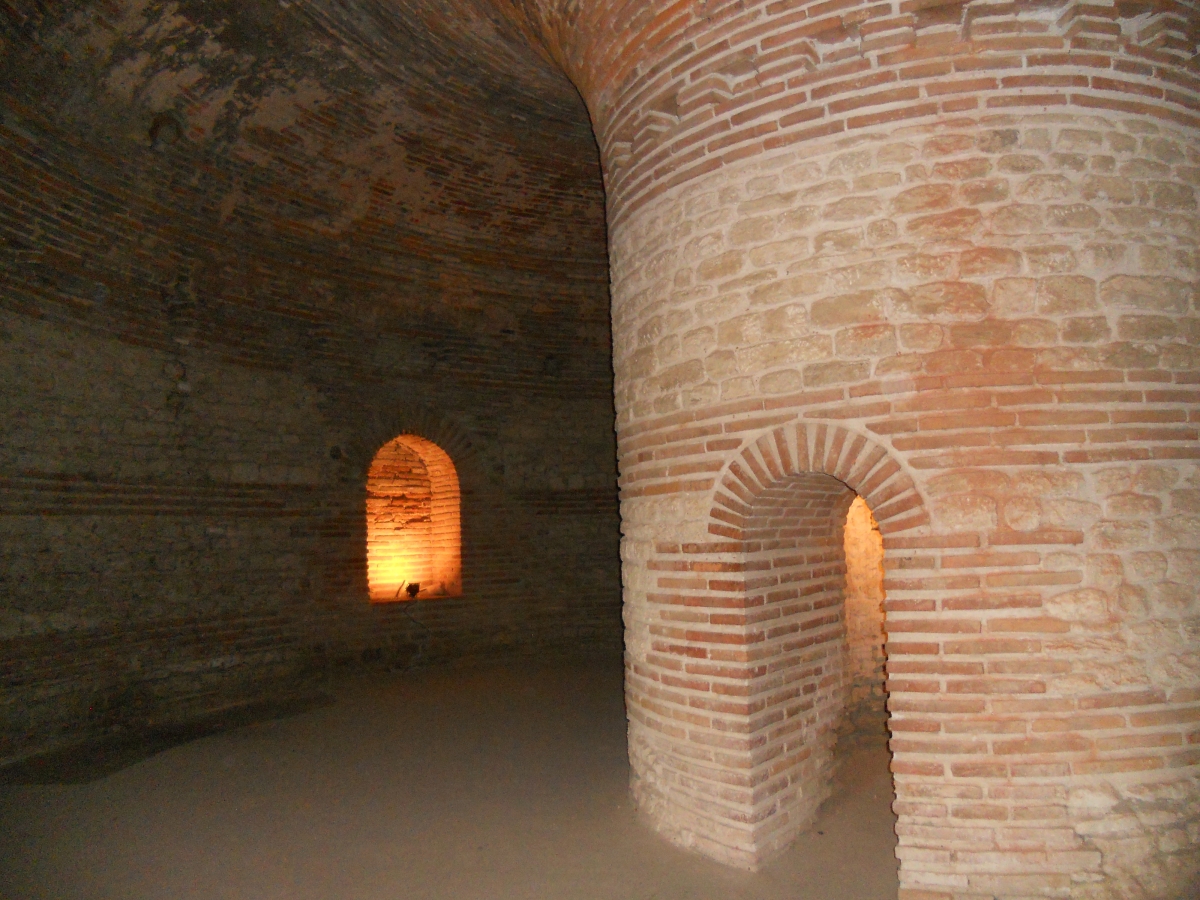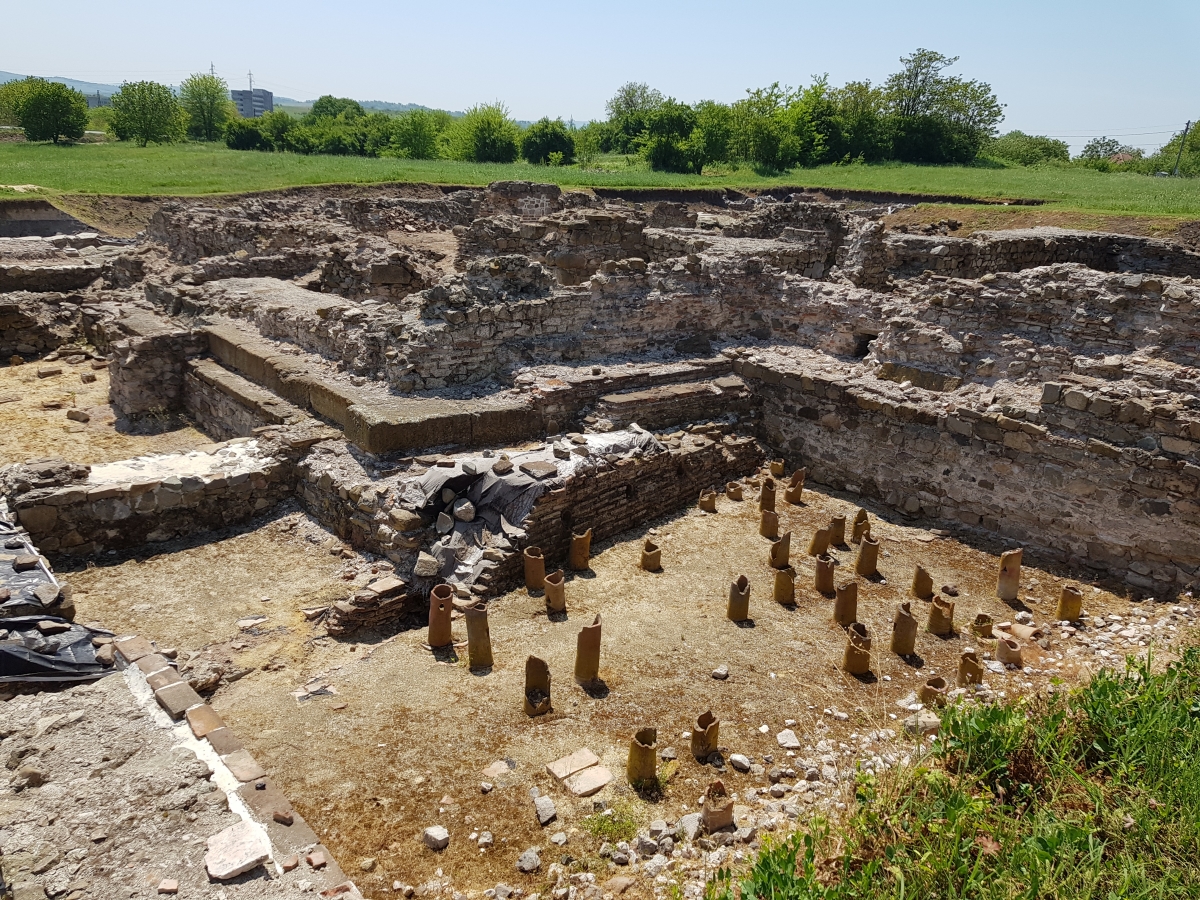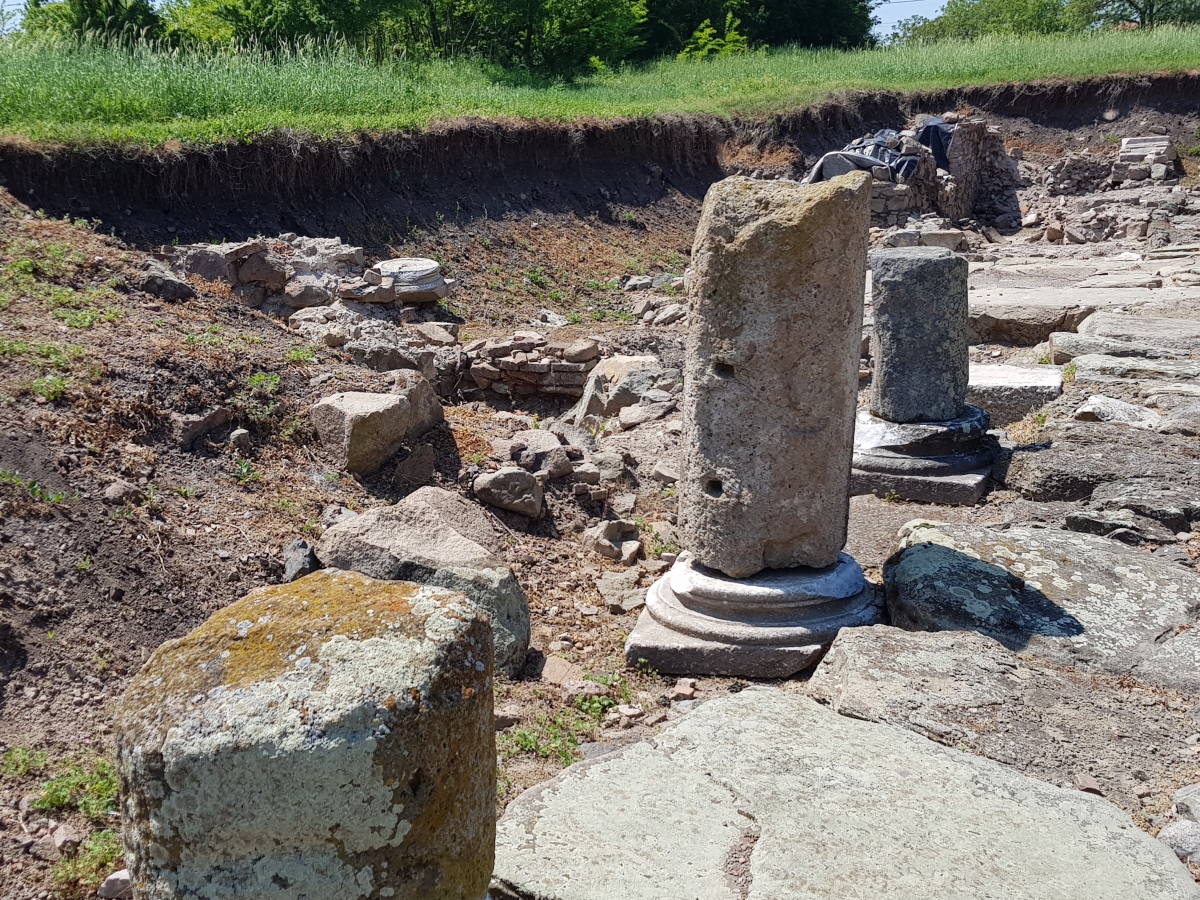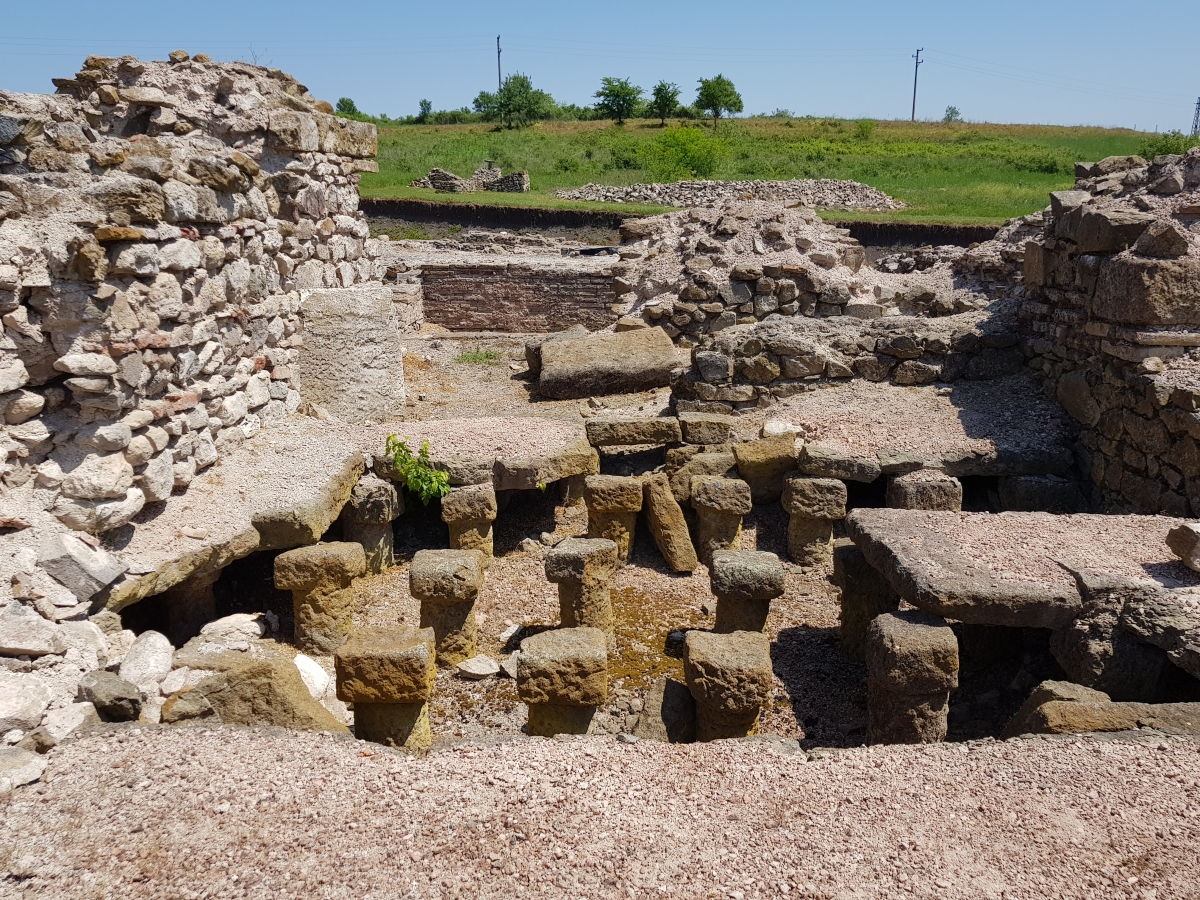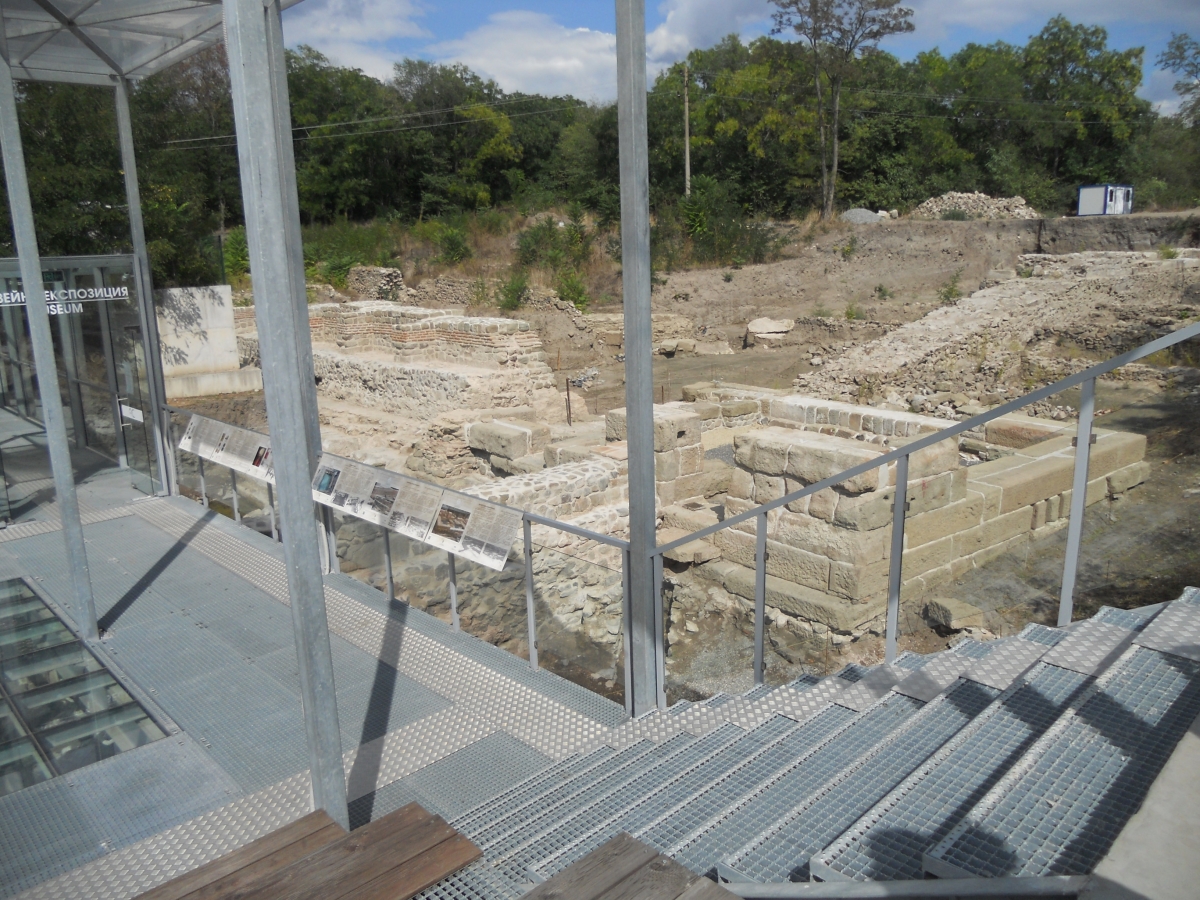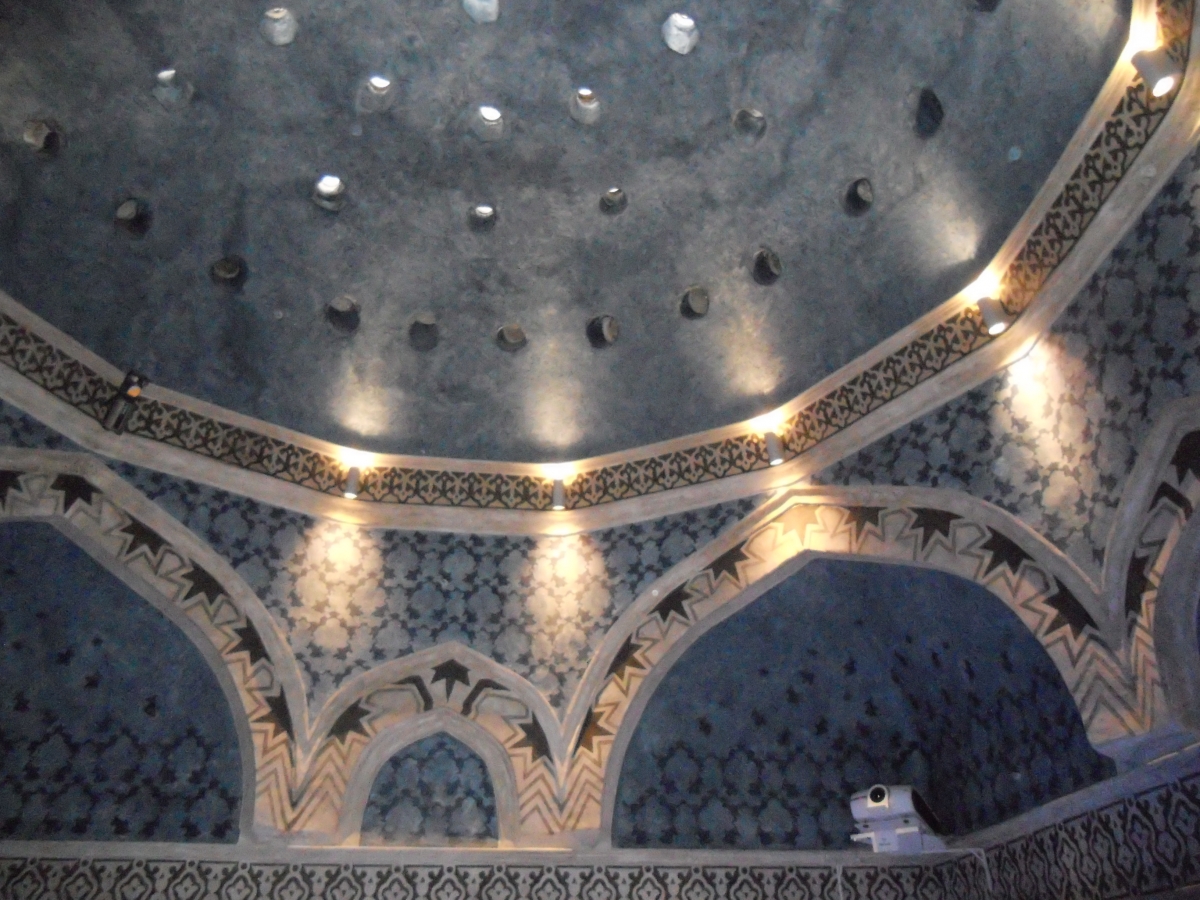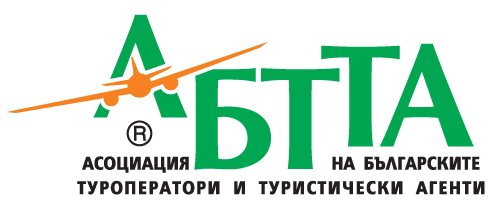Thracians and Romans in Pomorie and Burgas
Gallery
One day trip to the unique Thracian tomb in Pomorie, the Roman fortress Deultum and the Roman Baths in Burgas.
Duration of the trip: 5 - 6 hours
Organised upon request
First we will visit the Thracian Tomb near Pomorie, some 20 km away from Sunny Beach.
The Thracians were an ancient tribes inhabiting large territories of Central, Southern and Eastern Bulgaria. They believed that live continues after death and that's why they buried their leaders in tombs gethering into the tomb the favourite belongings of the leader.
One of these mesterious tombs is situated at Pomorie and is open for visitors.
The tomb is known as the hollow hill and presents a corridor, burial chamber and ancillary facilities. Built according to the Roman building techniques, it is assumed that it belonged to a wealthy family and was used as a mausoleum and later on as a temple for providing Thracian religious rituals.
The tomb is the only one of its kind on the Bulgarian Peninsula. Its architecture and construction impress visitors even nowadays due to its perfect implementation. Many architects from the entire world study the tomb in order to find the secret of its mushroom-shaped dome.
Roman town of Deultum, village of Debelt
The village of Debelt is situated 17 km south-west from Burgas. The name of the contemporary village of Debelt is a modification of the name of the antique town Deultum and the medieval Develt, the remains of which are located in the end of the village. The Roman Colony of Deultum was established here in the beginning of the 70s of the 1st century, during the ruling of emperor Tit Flavius Vespasian, by the veterans of the 8th Augustan Legion. This is the only colony of free roman citizens on the present Bulgarian territory. There was a port by the town, which was situated by the present Mandrensko Lake.
In the following three centuries the town broadened and established itself as one of the richest towns in the province. During the ruling of Emperor Mark Aurelius (2nd century AD) it was protected by large fortified walls. The town structure is according to the Hippodamus system (a rectangular street network oriented according to the globe directions), with very good water supply and sewerage. Impressive baths with floor heating was found during archaeological excavations. It was built in the end of the 1st century and reconstructed during the following centuries to the end of the 3rd century. The building size, as well as the degree to which it is preserved, are impressive.
The moving of the capital of the Roman Empire from Rome to Constantinople in the 4th century had a great influence upon the town development. It turned into an element of the defense system of the empire against barbarian raids and an important communication point.
The first rectangular fortification with an area of 5,000 square meters was constructed around the middle of the 4th century. It was not only covering the roman settlement, but also the upper part of the hill behind it. The east town gate, from which the main street begins, also dates back to this period. The Slavs also initiated raids during the second half of the 6th century.....
You can learn more about the fortress in the Archaeological Museum.
Aquae Calidae (translated “by the hot waters”) is a historical residence on the territory of the city of Burgas, in the lands of the neighborhoods “Vetren” and “Banevo”. In the middle ages it is referred to as Therma and Thermopolis. It is proven that Philip II of Macedon, the Roman emperors Justinian I and Constantine IV, khan Tervel of Bulgaria and Suleiman the Magnificent had visited the mineral baths. Today, the famous mineral baths of Burgas are situated there. We will take a look at the ruins of the Roman Thermae and the renovated museum complex, which includes the bath of Suleiman the Magnificent, with a multimedia program, the mineral water fountains and an open stage with a glass floor above the excavations.
Duration of the trip: 6 hours
Organised upon request
Please, write us or call the following number: 0554 22533
tschinar@daytripsbulgaria.com
Prices:
2 persons: 105 Euro per person
3-4 persons: 85 Euro per person
5-6 persons: 70 Euro per person
The prices include:
Transport by a comfortable car/minivan, English speaking guide, entrance fees

